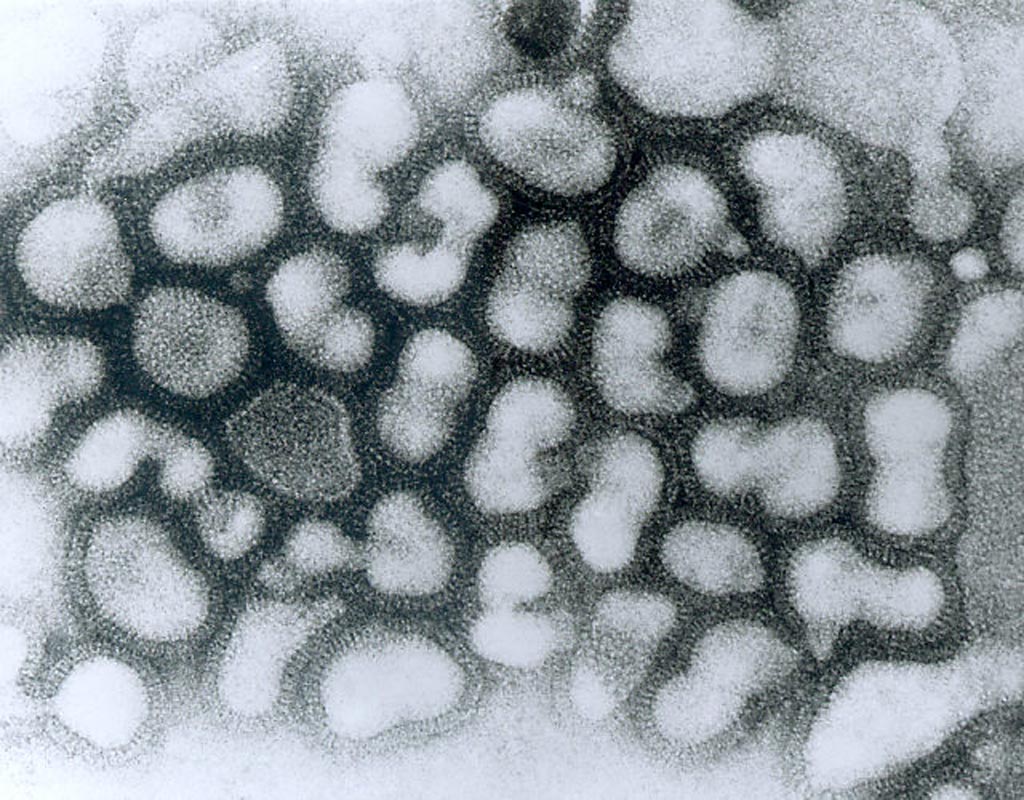Linked Antibodies Provide Universal Protection from Influenza Infection
By LabMedica International staff writers
Posted on 23 Nov 2018
A potential universal vaccine that would protect individuals from infection by all strains of influenza virus is based on multidomain antibodies that were fabricated by combining selected llama single-domain antibodies.Posted on 23 Nov 2018
Vaccines remain essential for influenza prevention, but their efficacy is substantially reduced in the elderly, who are at increased risk of influenza-related complications. Annual selection of vaccine strains presents many challenges, and a poor match with circulating viruses can result in limited effectiveness. Moreover, most vaccine-induced antibodies are directed against the highly variable head region of hemagglutinin (HA) and are strain specific.

Image: A transmission electron microscopic (TEM) image of influenza A virions in late passage growth phase (Photo courtesy of the CDC).
In addition to the normal antibodies found in other mammals, llamas produce a unique type of antibodies, which lack the light chain. These so-called heavy-chain antibodies, which have been shown to be just as specific as regular antibodies, are being used to develop single-domain antibodies with potential pharmaceutical applications. In this regard, investigators at the Scripps Research Institute (La Jolla, CA, USA) and their collaborators extended the potential usefulness of these antibodies by combining several into a single molecule – a multidomain antibody.
For this study two llama antibodies against influenza A and two against influenza B were linked to create a multidomain antibody. The investigators reported in the November 2, 2018, issue of the journal Science that multidomain antibody MD3606 protected mice against influenza A and B infection when administered by nasal inhalation or when it was expressed from an engineered gene administered via a recombinant adeno-associated virus vector. Crystal and single-particle electron microscopy structures of these antibodies with hemagglutinins from influenza A and B viruses revealed binding to highly conserved epitopes.
The investigators concluded that they had devised an alternative strategy for long-lasting protection in which single-domain antibodies with influenza A or B reactivity were linked together into a multidomain antibody and expressed at the nasopharyngeal mucosa through the intranasal administration of a recombinant adeno-associated virus (AAV) vector encoding the multidomain antibody transgene.
Related Links:
Scripps Research Institute













